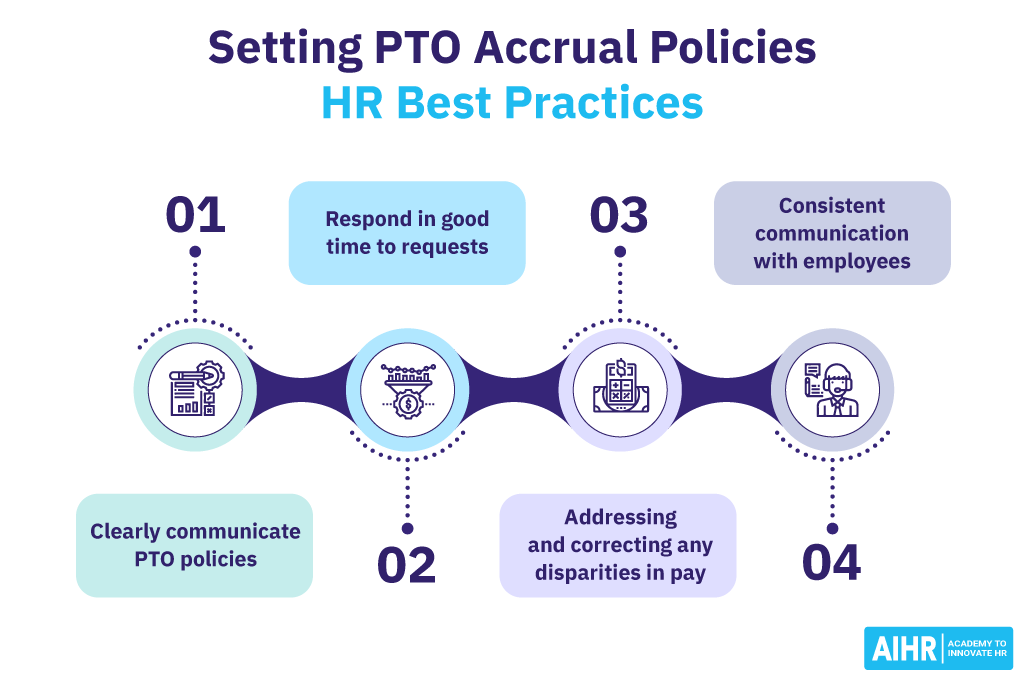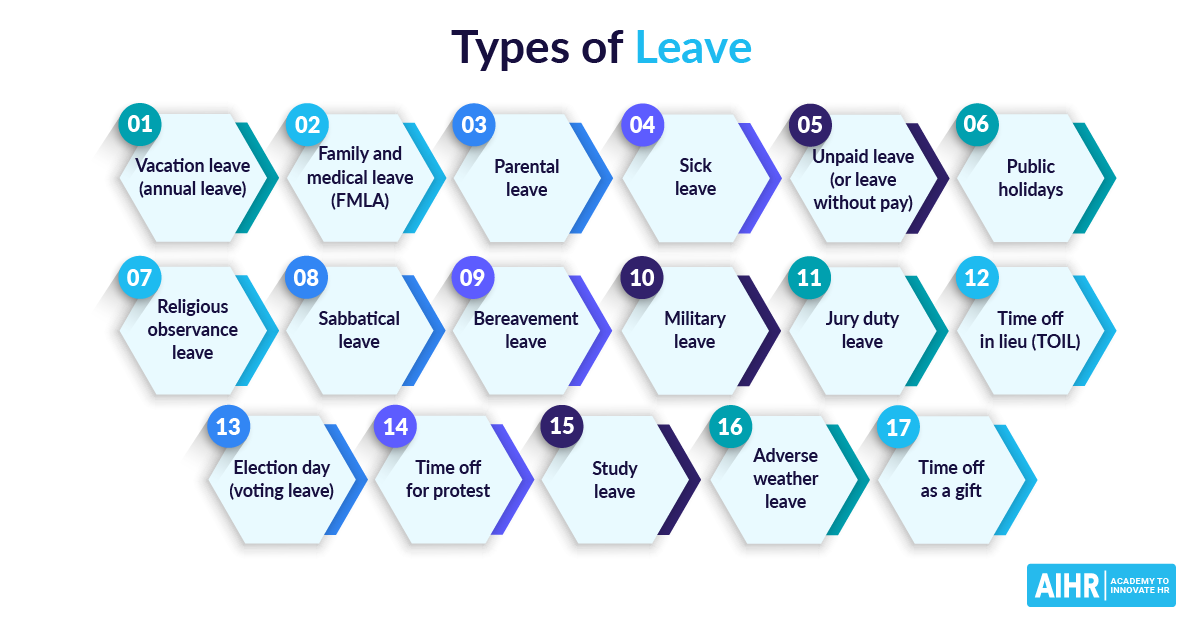PTO Accrual
What is PTO accrual?
PTO accrual, or paid time off accrual, governs how time off balances are accumulated over the course of employment. Paid time off can include vacation time, sick leave, personal days, or other types of paid time off offered by the employer.
Once an employee has earned paid time off, they can use it for any purpose covered by their employer’s policy. The amount of PTO an employee is entitled to will usually be subject to approval by their supervisor or manager and may be limited based on the employer’s policy.
The importance of setting a PTO accrual policy
Defining an accrual policy is important for several key reasons:
- Employees will know how much time they have available to take.
- Usage and accrual policies are standardized across all employees, so everyone is on the same page.
- Procedures will be defined so that employees know when time is unavailable (e.g., limiting how many employees may be away from the office on a given day.)
How to calculate PTO accruals
PTO accruals can be calculated through several methods.
1. Lump sum
This awards the entire balance to the employee on a specific day, like their employment anniversary date or at the beginning of the year.
2. Periodic award
This will award the employee a set number of hours into their balance periodically, such as after every week, month, or pay period has passed.
3. Per-hour award
This will award the employee an amount of time off for every hour they work, which can be beneficial for part-time employees or employees with inconsistent schedules.
4. Unlimited PTO
Some companies offer unlimited PTO, and while they may track usage, they do not have a set balance for employees to draw from. This can be a motivating benefit, but must also be used responsibly by the employee and may not suit all work cultures.
PTO accrual calculation example
If an employee is set to accrue 80 hours of PTO per year and it is to be awarded weekly, this would be an accrual of 1.54 hours per week (80 hours divided by 52 weeks per year.) This is generally accumulated when payroll is run.
HR tip:
You can set tiers for accrual amounts based on tenure to reward employee loyalty (e.g., employees that have been with the company for five years or more accumulate time off at a higher rate.)
Benefits of PTO accrual for the organization
- Improved employee retention and job satisfaction. 4 in 5 companies offer some kind of PTO accruals to their employees, and is a key part of driving work-life balance.
- Increased productivity and morale. Employees will feel more motivated and less prone to possible burnout if they can take a day off when they need it.
- Improves team communication regarding availability. PTO accrual policies ensure that staffing levels are adequate when time off is used.
- Helps ensure compliance with labor laws. Some states now mandate that employees have access to sick leave, and a PTO accrual policy ensures that you are compliant.

HR best practices for setting PTO accrual policies
- Clearly communicate PTO policies. Communicate PTO policies to your employees as part of your HR handbook, ensuring all employees are on the same page. Ensure that procedures on how to request time off are well-documented and easily accessible, as well as any potential limitations are communicated, such as staffing requirements.
- Respond in good time to requests. It also needs to be clear to the employee whether their request has been approved or denied in good time. If approved, the organization should stand by the request even in the face of extenuating circumstances. Employees will be making travel arrangements and making appointments on their days off, and rescinding a time off request can be very costly to the employee and damaging to your relationship with them.
- Remove the stigma of taking leave. Instead of maintaining separate balances for vacation and sick time, consider offering an all-encompassing balance for all time taken off. This can help reduce the stigma of calling in sick to the office when the employee needs to recover.
- Encourage employees to take time off. Avoid employee burnout and decreased productivity by encouraging employees to take time off when needed. A healthy working environment encourages a good work-life balance for employees.







